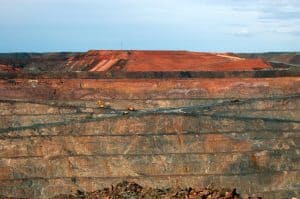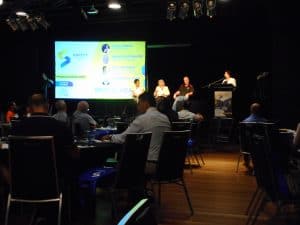 On October 12 2018 the Australian Financial Review (AFR) published an exclusive article about an investigation by WorkSafe Victoria into excessive working hours at an Australian law firm, King & Wood Mallesons (KWM). The article was later expanded on line.
On October 12 2018 the Australian Financial Review (AFR) published an exclusive article about an investigation by WorkSafe Victoria into excessive working hours at an Australian law firm, King & Wood Mallesons (KWM). The article was later expanded on line.
There are several curious elements of this report that could reflect other workplaces that may experience sudden high workload demands and fatigue. Some seem to see the significance of this article as being less about the workloads and fatigue but more about WorkSafe Victoria’s involvement in an industry sector where it does not usually play.
The Australian Government announced a Royal Commission into the Banking and Financial sectors in 2017. It was created urgently and given only 12 months to conclude its investigations. As a result banks and financial institutions

 A SafetyAtWorkBlog reader emailed me this question:
A SafetyAtWorkBlog reader emailed me this question:
 Small regional conferences often work better than major city-based conferences as the atmosphere is more relaxed, delegates are more approachable and there is less pressure to attend some grand trade expo.
Small regional conferences often work better than major city-based conferences as the atmosphere is more relaxed, delegates are more approachable and there is less pressure to attend some grand trade expo. 